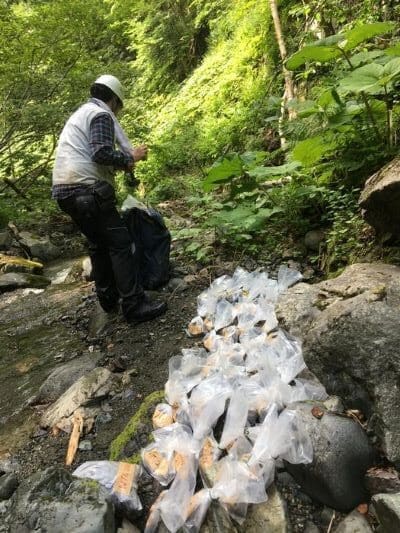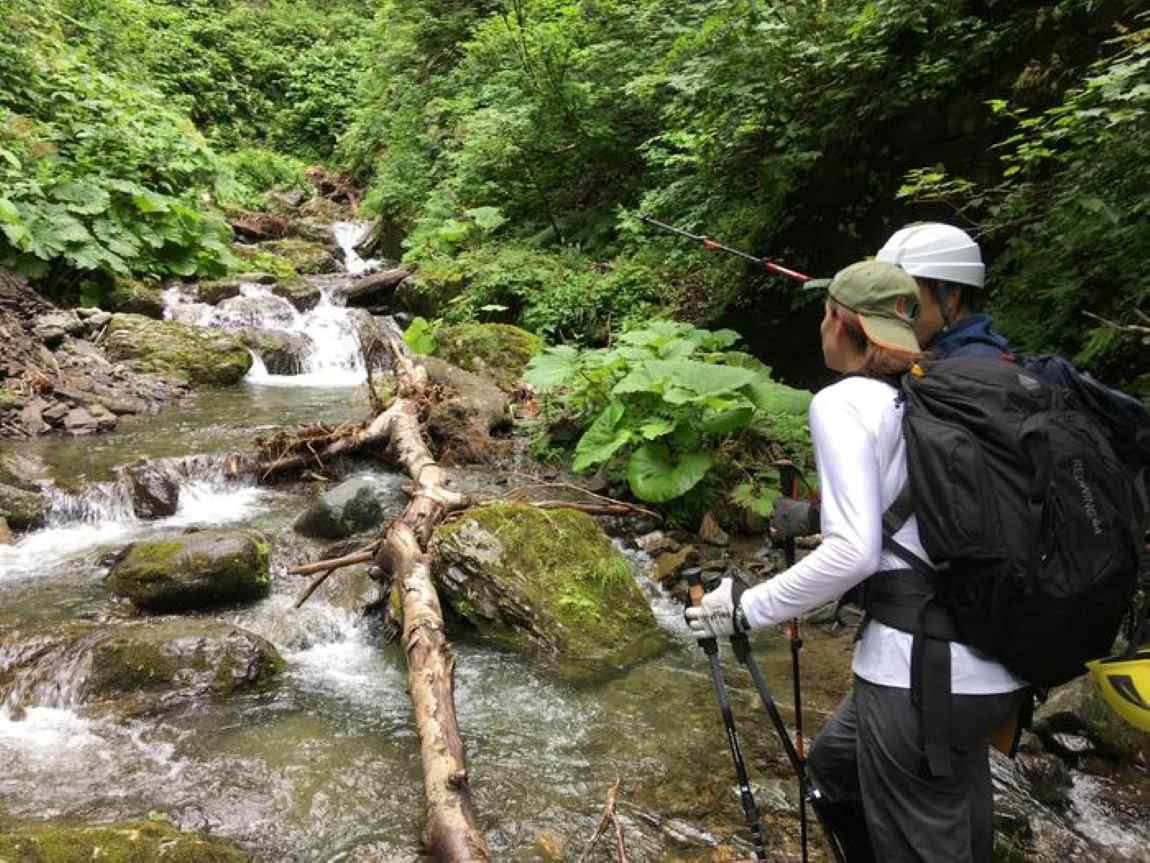An ancient rock formation on Japan’s Mount Ashibetsu has allowed scientists to pinpoint the timing and duration of one of Earth’s most extreme environmental disruptions: Ocean Anoxic Event 1a (OAE 1a).
This catastrophic episode, which occurred approximately 119.5 million years ago during the Cretaceous Period, severely depleted oxygen levels in Earth’s oceans, triggering widespread extinctions, especially among marine plankton.
Through meticulous analysis of volcanic ash layers and isotopic records, an international research team led by Northwestern University has refined the chronology of this event. Their findings suggest OAE 1a was directly linked to a surge in volcanic carbon dioxide (CO2) emissions, which drove rapid global warming and ocean anoxia.
The study, published in Science Advances, establishes that the anoxic episode spanned just over 1.1 million years, providing critical insights into Earth’s climate system under stress.

“Ocean anoxic events occur in part as a consequence of climatic warming in a greenhouse world,” said Brad Sageman, a senior author of the study and professor at Northwestern University. “If we want to make accurate predictions about what we will see in the decades ahead with human-caused warming, this information is invaluable. The best way to understand the future is to look at data from the past.”
A history buried in volcanic ash
Ocean Anoxic Event 1a is one of the two largest anoxic events recorded in the Cretaceous Period. Massive volcanic eruptions, particularly from large igneous provinces like the Ontong Java Nui complex, are believed to have released enormous quantities of CO2 into the atmosphere and oceans. This influx triggered significant environmental shifts, including acidification of seawater, which dissolved marine organisms’ shells, and oxygen depletion that devastated marine ecosystems.
Researchers traced the evidence of these events not in the ocean depths but in the prehistoric rock layers of Japan’s Hokkaido Island. Tectonic uplift exposed the volcanic tuffs, ancient deposits formed from ash ejected during eruptions. These rocks, analyzed by geochronology experts from institutions including Northwestern University, Tohuku University in Japan, Durham University in the UK, the University of Wisconsin-Madison, and Boise State University, provided a precise record of the event’s timing.
“Magma comes out of a volcano in liquid form and then begins to cool,” Sageman explained. “By the time the tuff solidifies, the crystals become a tiny closed system. They lock in atoms, and some of those atoms, like uranium, start to decay, meaning they convert from one isotope to another. That provides a tool to date the eruption, and, thus, date a specific layer within a stack of sedimentary rock.”
In addition to uranium decay dating, the researchers employed isotopic analysis of carbon and osmium. These isotopes served as markers for changes in the global carbon cycle and volcanic activity, respectively, offering a synchronized view of events at sites in Japan, southern France, and other locations worldwide.
Modern relevance of ancient disruption
The study sheds light on the far-reaching consequences of volcanic CO2 emissions on Earth’s climate and ocean systems. During OAE 1a, the spike in CO2 and resulting burial of organic matter caused drastic shifts in carbon and osmium isotopic ratios, correlating with volcanic activity from the Ontong Java Nui complex.
Researchers note that the oceans required over a million years to recover from the CO2-driven disruptions of OAE 1a. This prolonged recovery starkly contrasts with the accelerated rate of current anthropogenic warming, raising concerns about the long-term impacts of modern CO2 emissions.
“We’re already seeing zones with low oxygen levels in the Gulf of Mexico,” Sageman said. “The main difference is that past events unfolded over tens of thousands to millions of years. We’re driving roughly similar levels of warming (or more) but doing so in less than 200 years.”
Journal Reference:
Youjuan Li, Brad S. Singer, Reishi Takashima, Mark D. Schmitz, Luca G. Podrecca, Bradley B. Sageman, David Selby, Toshiro Yamanaka, Michael T. Mohr, Keiichi Hayashi, Taiga Tomaru, Katarina Savatic, ‘Radioisotopic chronology of Ocean Anoxic Event 1a: Framework for analysis of driving mechanisms’, Science Advances 10, eadn8365 (2024). DOI: 10.1126/sciadv.adn8365
Article Source:
Press Release/Material by Northwestern University
Featured image: Researchers hike up the side of Mount Ashibetsu in Japan to examine fossilized volanic ash that dates back to the Early Cretaceous. Credit: Luca Podrecca | Northwestern University




